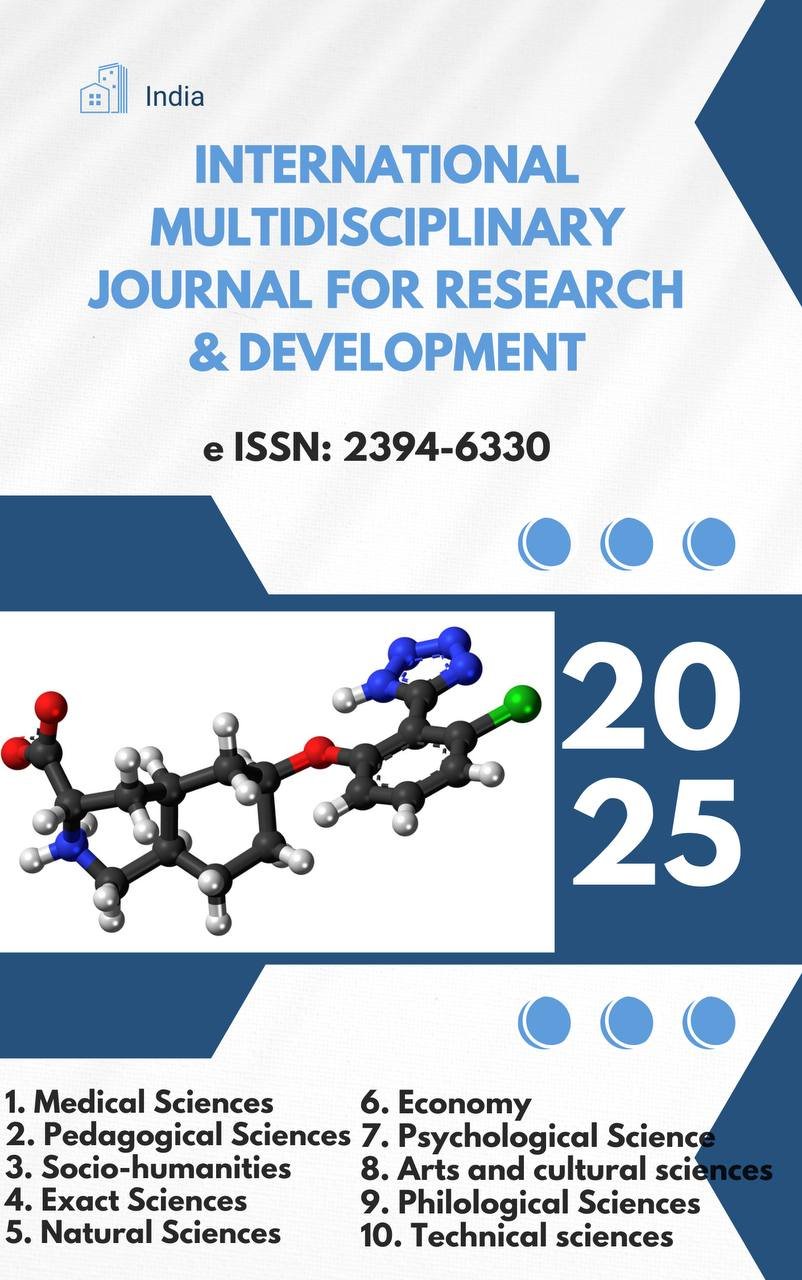TEACHING METHODOLOGY OF LONG-DISTANCE RUNNING TECHNIQUE

Abstract
This article explores the methodological aspects of teaching long-distance running techniques, emphasizing the importance of biomechanical, physiological, and psychological foundations in coaching practices. Long-distance running requires not only physical endurance but also refined movement patterns, rhythm control, and energy efficiency. The effectiveness of teaching is closely related to how well the instructor integrates theoretical knowledge with practical drills and individual athlete characteristics. The paper outlines pedagogical principles, phased learning strategies, and motor skill development approaches tailored to long-distance runners. It also highlights the importance of feedback, visual modeling, and the use of modern technology in technique correction and performance analysis. Ultimately, a structured and athlete-centered teaching methodology enhances both performance outcomes and long-term athletic development.
Keywords
long-distance running, teaching methodology, endurance, biomechanics, running technique, training strategies, motor learning, athlete development, coaching pedagogy
References
- Baechle, T. R., & Earle, R. W. (2008). Essentials of strength training and conditioning (3rd ed.). Human Kinetics.
- Bompa, T. O., & Buzzichelli, C. A. (2018). Periodization: Theory and methodology of training (6th ed.). Human Kinetics.
- Daniels, J. T. (2005). Daniels' Running Formula (2nd ed.). Human Kinetics.
- McMillan, K., Helgerud, J., Macdonald, R., & Hoff, J. (2005). Physiological adaptations to soccer specific endurance training in professional youth soccer players. British Journal of Sports Medicine, 39(5), 273–277. https://doi.org/10.1136/bjsm.2004.012526
- Noakes, T. (2003). Lore of Running (4th ed.). Human Kinetics.
- Sands, W. A., McNeal, J. R., Stone, M. H., Russell, E. M., & Jemni, M. (2006). Flexibility enhancement with vibration: Acute and long-term. Medicine & Science in Sports & Exercise, 38(4), 720–725. https://doi.org/10.1249/01.mss.0000218139.53708.bc
- Seiler, S. (2010). What is best practice for training intensity and duration distribution in endurance athletes? International Journal of Sports Physiology and Performance, 5(3), 276–291. https://doi.org/10.1123/ijspp.5.3.276
- Wilmore, J. H., Costill, D. L., & Kenney, W. L. (2008). Physiology of sport and exercise (4th ed.). Human Kinetics.
- Zatsiorsky, V. M., & Kraemer, W. J. (2006). Science and practice of strength training (2nd ed.). Human Kinetics.